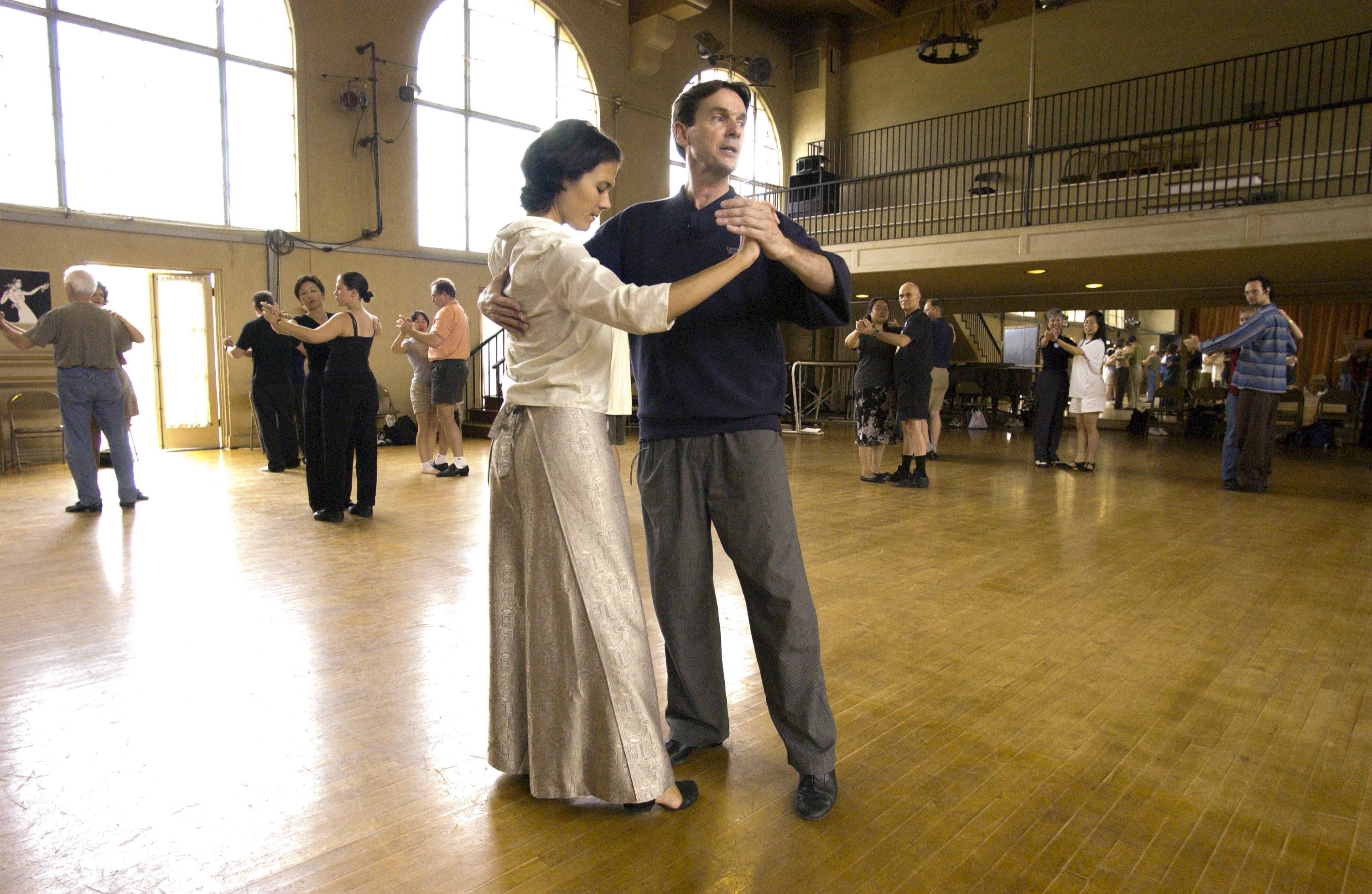My first introduction to dancing was a ballet class for toddlers that concluded with a performance to the Itsy Bitsy Teenie Weenie Yellow Polka Dot Bikini. After toddler ballet, I went to jazz, then lyrical, took a quick dip into hip-hop (a mistake) and quit dancing altogether shortly thereafter.
My teachers gave me panic attacks when they pushed me into middle splits, and I didn’t want to spend six days a week in the studio desperately cramming homework in between dance classes. It was all just a little bit too much.
I always saw dancing as a high-stress, performance-based competition definitively not for the weary of heart. It was 99% criticism and 1% praise, and every mistake could make or break others’ opinions of you. Because I contributed plenty of stress and criticism to myself, I quit.
I thought about this decision for years after, wondering if I should’ve stuck it out. After all, I’d ended up a college student with little to no talent in non-academic pursuits, and therefore no chance to join any Stanford club (no experience necessary, my ASS).
Social Dance gave me another shot at dancing, minus the stress and (mostly) the criticism. We are instructed to laugh off our mistakes, not to dwell if we step on each other’s toes and, most of all, to enjoy the art together. As a severe introvert and only a mediocre dancer, I honestly expected to drop this class after the first meeting. But after the first day of taking my shoes off — uncomfortable at first, but sincerely freeing later — and tip-toeing in circles on the wood floor for forty-five minutes, I couldn’t bear the thought of leaving. To this day, there are only two or so men who make me incredibly uncomfortable with their eye contact and excessively tight holding-position, and I’m honestly having the time of my life.
There are incessant, pervasive mantras at this school and feeling like you have to be good at everything you do is one of them (and yes, I realize by putting that into words I’m talking about it again and thereby contributing to its pervasiveness). But I have to say: it is ridiculous that people, including myself, feel that, at 19, it is too late to start something new, that we should only be pursuing activities in which we already have training, experience and an extensive background. It is so easy to feel that my life on this campus revolves around routine and comfort, but my 50 minutes in Roble Arts Gym three times a week are shifting the patterns.
What I do in Social Dance, even if one could not justifiably call it “dancing” yet, makes me feel that I am truly living. It’s like a pretty band-aid for the urges I experience to drop out and live on a winery in Tuscany. It’s a drip of this desperate wanderlust that is just enough to get me through the rest of the day.
It feels like magic, this dancing. When we finally get it right, when the steps come as naturally as walking through the arcades, we are elated. My praise for this class may seem excessive, but not even this article does justice to the kind of wholesomeness I feel in being a part of it. It’s a bit like restoration in a place where creativity is commodified and we are typically not allotted time for dispensable pursuits. But practicing something you are not incredible at, choosing an activity that is unnecessary but somehow necessary all the same, is indispensable.
Social Dance has proven to me how acutely I’ve missed dance for all its wonder and mystique, and it’s only Week 4. So, if beaming Carta reviews aren’t enough for you, allow this to push you over the edge and into this class before you graduate into a world that suffocates superfluous creativity and where dancing with strangers isn’t normal.
Contact Malia Mendez at mjm2000 ‘at’ stanford.edu.
